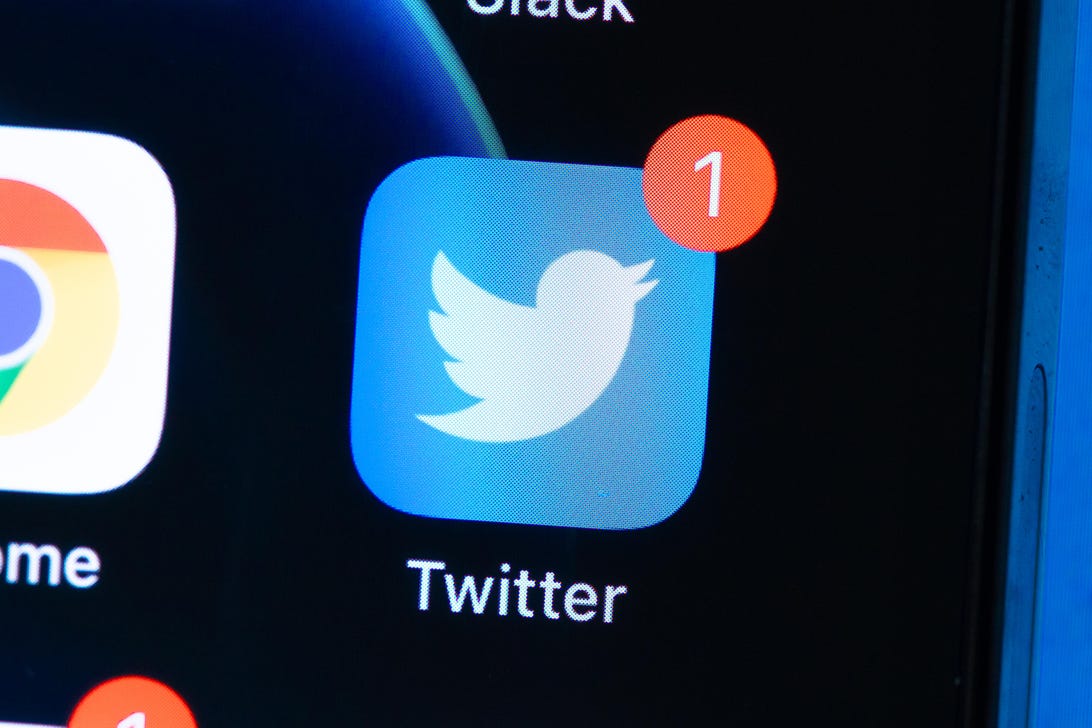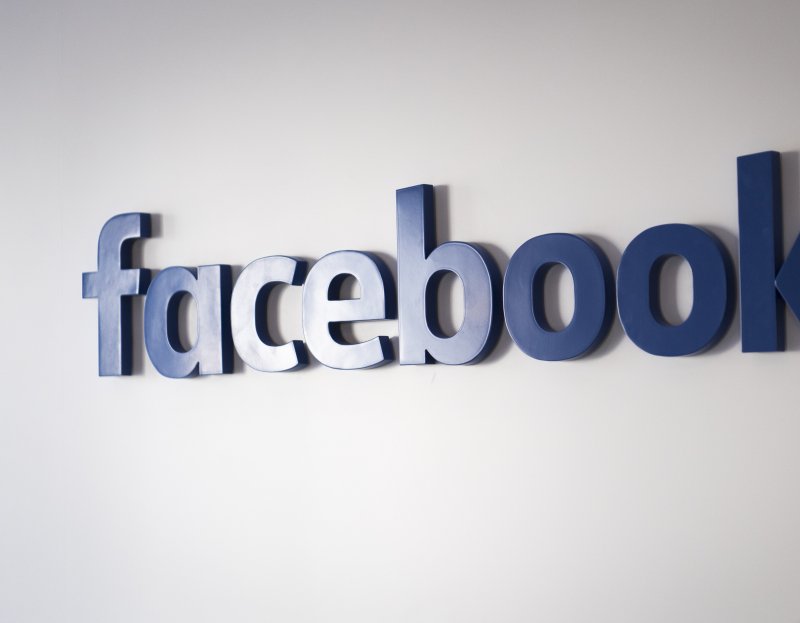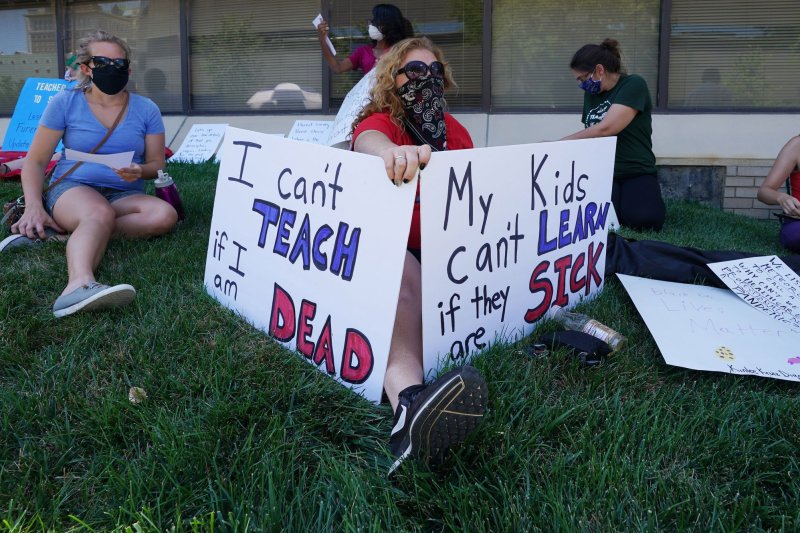Prosecutors interrogated Elizabeth Holmes about her response to the investigative article that pierced her company’s rosy image in 2015 as the Theranos founder took the stand for a fifth day of testimony in her criminal fraud trial.
Ms Holmes said repeatedly on Tuesday she could not recall details about the tactics prosecutors said the blood-testing start-up used to silence whistleblowers. She denied that Theranos tried to intimidate the author of The Wall Street Journal report, John Carreyrou, who has been a frequent fixture in the San Jose federal court where her trial has been taking place.
Responding to questions from assistant US attorney Robert Leach, Ms Holmes said she did not remember the meaning behind text messages that showed she wanted to “get ahead” of the story, which alleged that the company’s proprietary devices did not work as advertised.
Ms Holmes said she wanted to prevent disclosure of the company’s “trade secrets” while admitting that she fumbled the response to the article.
“I think I mishandled the entire process of the Wall Street Journal reporting,” Ms Holmes said.
Ms Holmes faces 11 counts of wire fraud and conspiracy to commit wire fraud, each of which carries a maximum prison sentence of 20 years. She has pled not guilty. Investors valued Theranos at $9 billion at the company’s peak before its decline and eventual shut down in 2018.
Tuesday’s hearing gave prosecutors their first chance to directly interrogate Ms Holmes under oath. They questioned claims that Ms Holmes made about Theranos’ testing abilities, playing a clip on the business news channel CNBC in which she claimed that all the company’s testing offerings could be run on proprietary devices.
Ambitious entrepreneur
Attorneys for Ms Holmes have sought to paint her as an ambitious entrepreneur who failed to deliver on her grand vision. On Tuesday, she admitted that she held ultimate control over decisions at Theranos after being asked whether the “buck stops” with her. “I felt that,” she replied.
Ms Holmes appeared uneasy answering questions about a set of documents Theranos sent to investors and business partners that included the logos of Pfizer and other large pharmaceutical companies.
In previous testimony, Ms Holmes admitted she personally added the logos of Pfizer and Schering-Plough to documents purporting to show their work together. On Tuesday, she testified that she thought the reports were independent due diligence before admitting that they had been prepared by Theranos.
Prosecutors displayed a series of emails between Ms Holmes and Pfizer employees, emphasising that they did not contain any explicit endorsements of Theranos’s technology.
The questioning from prosecutors followed an emotional day of testimony on Monday, when Ms Holmes accused her former boyfriend and business partner Sunny Balwani of abusive behaviour, including repeated forced sex.
“He would get very angry with me and then he would sometimes come upstairs to our bedroom and he would force me to have sex with him when I didn’t want to,” Ms Holmes said. Mr Balwani’s attorneys have previously denied accusations of abuse.
Ms Holmes also said Mr Balwani would berate her for her performance as chief executive and had heavily influenced her leadership style. They lived together from 2005 until Mr Balwani left Theranos in 2016.
Judge Edward Davila has ordered a separate trial for Mr Balwani, who was charged at the same time as Holmes.
Prosecutors said on Tuesday they would probably finish their cross-examination early next week, and an attorney for Ms Holmes said the defence’s case would probably conclude by Friday. – Copyright The Financial Times Limited 2021












